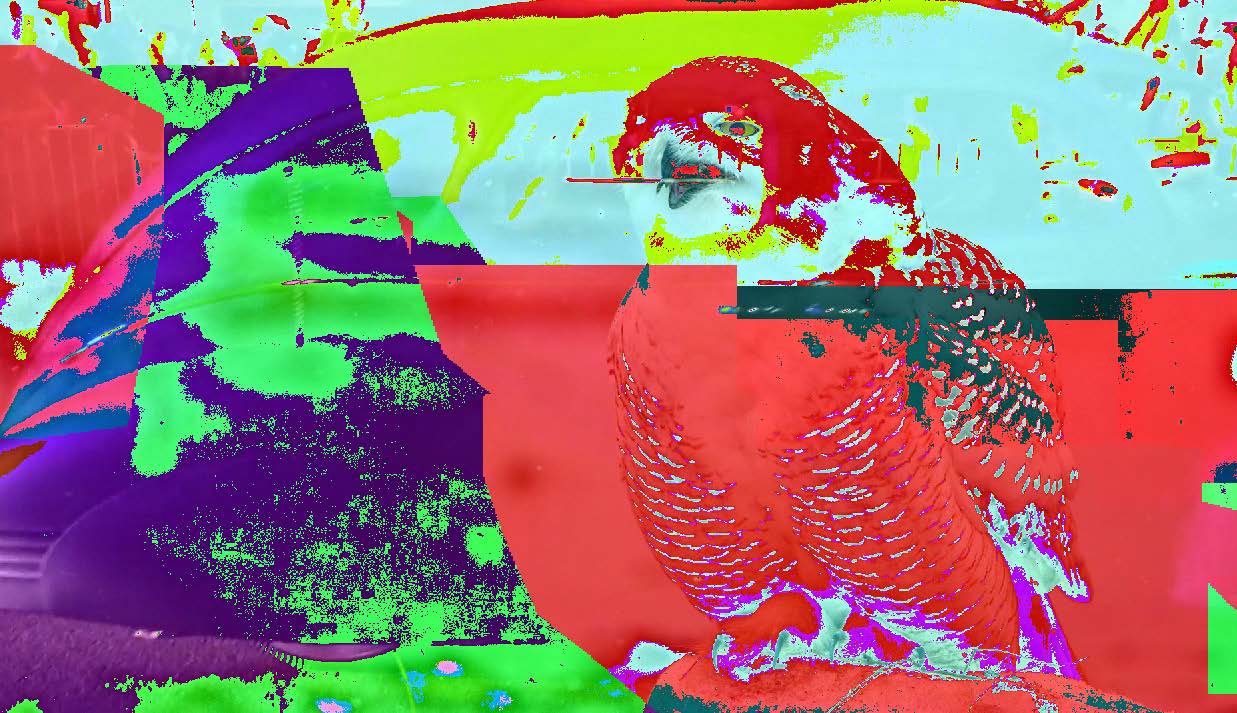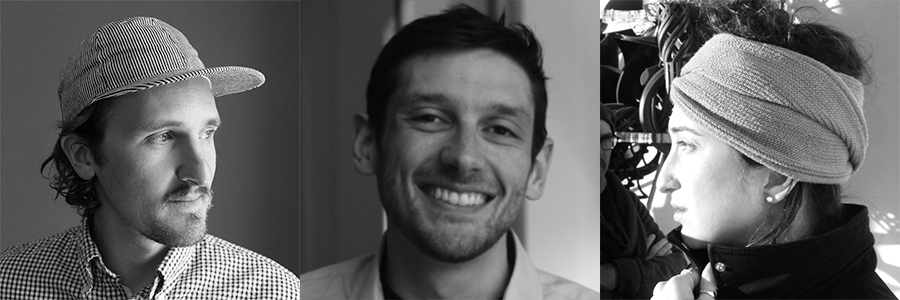Visualizing Dreams: Hybrid Performance-Exhibition Set for November 17 at UC San Diego
San Diego, November 10, 2016 — Artists throughout history have attempted to visualize the stuff of their dreams, but a team of interdisciplinary artists led by a Ph.D. student at the University of California San Diego has taken a high-tech approach to produce dream visualizations by drawing on a treatise dating back to 1841.

The resulting performance-exhibition, “The Pawel Norway Dream Machine”, will premiere next Thursday, November 17, at the Calit2 Theater in Atkinson Hall on the UC San Diego campus. The production is part of the Initiative for Digital Exploration of Arts and Sciences (IDEAS), the primary performance series of UC San Diego’s Qualcomm Institute. The hybrid program is part performance, part exhibition, and will run from 5 p.m. to 7 p.m. The event is open to the public and free of charge. (To reserve seats, RSVP to Trish Stone at tstone@ucsd.edu.)
Second-year Visual Arts Ph.D. student Gabi Schaffzin is working on a doctorate in Art Practice, and he pulled together the program to feature a modern-day re-creation of “Computable Transformation of Human Qualities to Those of a Visible Dream Memory.” The new work is based on the obscure but intriguing 175-year-old thesis on the possibility of inferring dream content from the behavior of a subject after he or she has awakened.
Developed over 100 years before the discovery of REM sleep, “Computable Transformation” argues that human bodies produce residual energy – a type of Cartesian molecule – that emits all day. The scientist believed that this energy can be collected and measured, including its velocity coming off the body, temperature, etc., which could make it possible to reconstruct the prior dreams.
"We stumbled upon Computable Transformation deep in a small thrift store in Mangalia, Romania, and immediately identified analogues between Dr. Norway's work and the contemporary quantified-self movement," said Schaffzin. "Both seek to infer a macro-level understanding of a body by measuring its micro-qualities." Dr. Norway never fully implemented his theories, though he produced a number of etchings which sought to translate collected data points into imagery (what today we’d call scientific visualizations).

(l-r) Zachary Kaiser, Gabi Schaffzin and Sofie Hodara.
The UC San Diego graduate student collaborated closely on the project with two art professors from other universities. Sofie Hodara is a professor of Graphic Design at Emmanuel College and the School of the Museum of Fine Arts in Boston, and Zachary Kaiser is a professor of Graphic Design and Experience Architecture at Michigan State University.
Together, the artists have recreated Dr. Norway's experiments to bring dream visualizations to the public. "Our technologically mediated society provides us with the sensorial and observational matrices necessary to measure – and the computational power to visualize – inferable data," explained Hodara, who previously was a supporting artist in Overheard, a 2009 exhibition in the Qualcomm Institute’s gallery@calit2. "We have developed the apparatus of Pawel Norway's fantasies. It reads what our bodies say about our dreams – extracting imagery, narrative content, and subconscious meaning from the data – once we are awake through high-sensitivity motion sensors, EEG readers, and sweat, temperature, and audio sensors."
The output that makes up the bulk of the exhibition borrows from the quasi-representational nature of Dr. Norway's lithographs, though it also incorporates the imagery and visuals produced and shared by the large swath of humanity living its lives on social-media outlets.
"The result is an algorithmically-generated, multimedia tapestry dynamically informed by the sensorial inputs we've combined," added Michigan State’s Kaiser. "We are now ready to present our findings alongside Dr. Norway's in a hybrid performance-exhibition installation in the Qualcomm Institute which will feature live dream-readings of volunteer visitors as well as Dr. Norway's work, with all the visuals on the Vroom display wall in the Calit2 Theater using the MUGIC [audio] system that has already been used for other IDEAS performances."
The three artists are also researchers, educators and technologists, and they have previously performed large-scale installations of algorithmically-generated art, including the projection of 12 YouTube videos at a time on a 14-foot geodesic dome hoisted 20 feet in the air. They have also produced interactive experiences that convert kinetic movements into audio using software including Max/MSP, Pure Data, Processing, and Ableton Live.
In addition to support from the Qualcomm Institute IDEAS program, the artists also thanked the Arthur C. Clarke Center for Human Imagination for its support that made completion of the project possible.
Media Contacts
Doug Ramsey, (858) 822-5825, dramsey@ucsd.edu
Related Links

